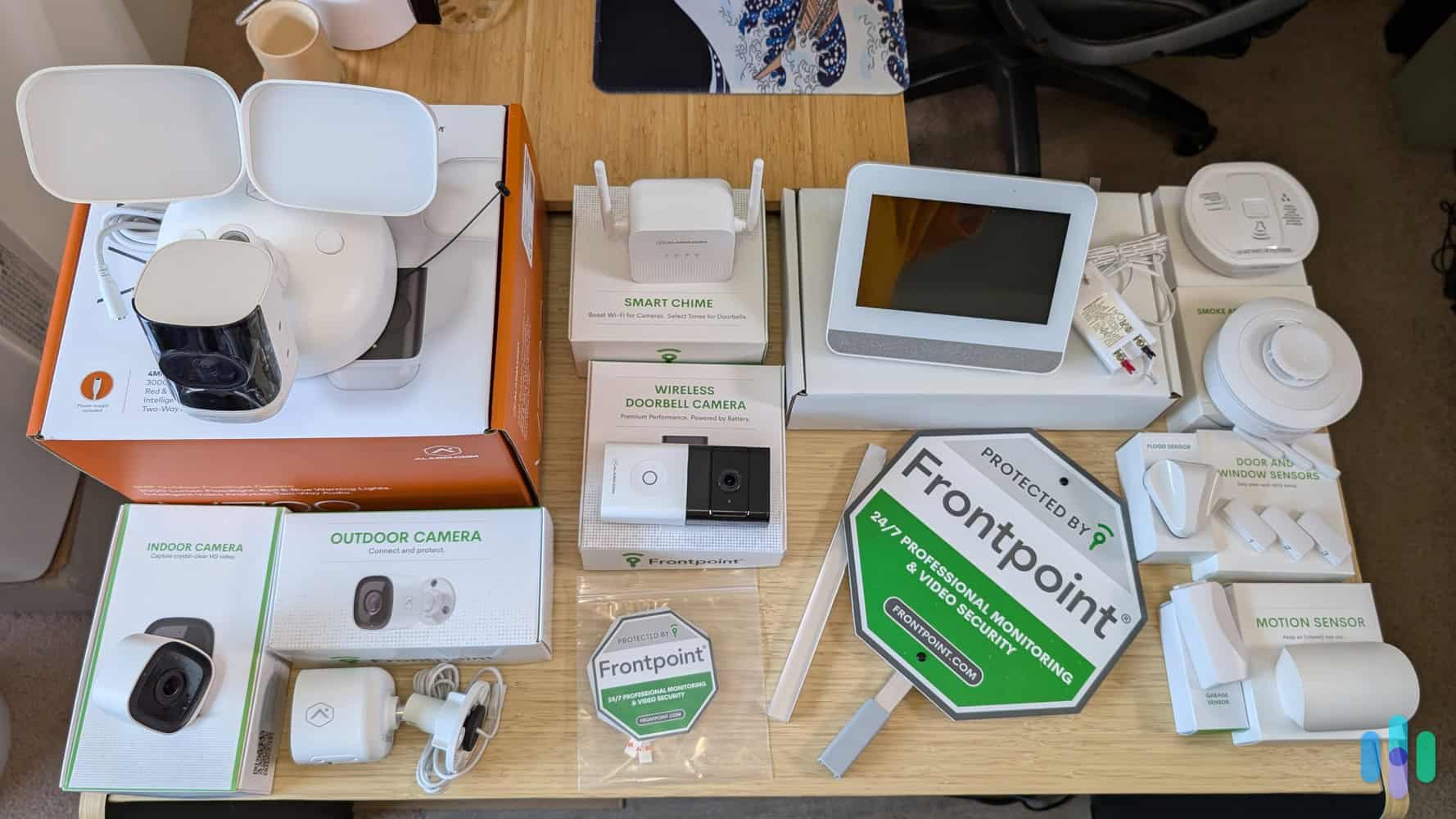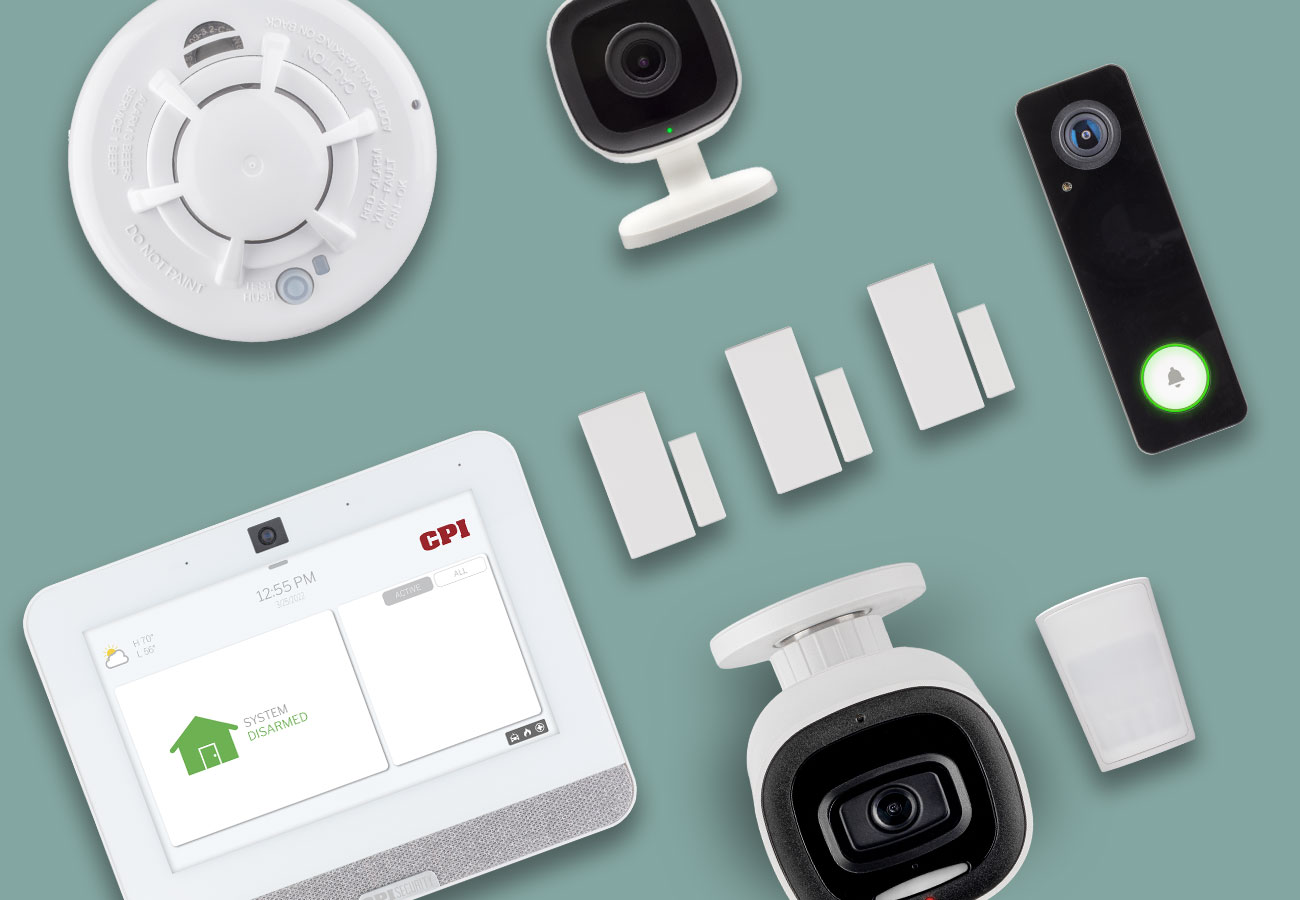Have you ever paused to count how many electronic devices surround you at home? The number might surprise you.
In a world buzzing with technological advancements, our homes have become sanctuaries for a plethora of gadgets. These devices, from the smartphone in your hand to the smart fridge in your kitchen, are transforming how we live. Why does this matter to you?
Understanding the digital footprint of your household can reveal insights into your lifestyle, energy consumption, and even your spending habits. Curious to know just how plugged in your home really is? Let’s dive deeper into the fascinating world of home electronics and discover the average number of devices you might actually own.
Average Device Count
Understanding the average number of electronic devices in a home offers a clear picture of how technology integrates into daily life. Most households today own a variety of gadgets, from smartphones and laptops to smart TVs and kitchen appliances. But how many devices do people typically have, and what influences these numbers?
Global Variations
The number of electronic devices varies widely around the world. In developed countries, homes often have 20 or more devices. These include smartphones, tablets, smart speakers, gaming consoles, and smart home systems.
In contrast, households in developing regions might only have a handful of essential devices, like a basic mobile phone and a television. Economic factors and access to technology shape these differences. Have you noticed how your friends from other countries use technology differently?
Urban Vs Rural Homes
Living in a city often means more devices in your home. Urban areas usually have better internet connectivity and access to the latest technology. This encourages owning more gadgets such as smart home devices, multiple computers, and entertainment systems.
Rural homes tend to have fewer devices, focusing on essentials. Limited infrastructure and priorities often play a role here. How many devices do you think are necessary for your daily needs?
Popular Device Categories
Understanding the popular categories of electronic devices in homes helps you grasp how technology shapes daily life. Each category serves distinct purposes but often overlaps in functionality, making your home smarter and more connected. Think about the devices you interact with daily—how many belong to these groups?
Entertainment Gadgets
Entertainment gadgets are staples in most homes. These include smart TVs, gaming consoles, streaming devices, and sound systems. You might be surprised by how many devices you use just for relaxation and fun.
Consider your living room setup: a smart TV paired with a streaming stick and wireless speakers can easily add up to three or more devices. Many homes also have tablets or VR headsets, increasing this category’s count.
Communication Devices
Communication devices keep you connected with the world. Smartphones, tablets, laptops, and smartwatches fall under this category. You probably carry multiple communication devices daily, each serving a unique role.
Think about your home office or kitchen counter—there’s likely a phone charging, a tablet for quick browsing, and maybe a laptop for work. This mix shows just how essential communication gadgets are to your routine.
Home Appliances
Modern home appliances are more than just mechanical helpers; many are now smart devices. Refrigerators, microwaves, washers, and thermostats often come equipped with electronic controls and connectivity features.
Have you noticed your smart fridge sending alerts or your thermostat adjusting temperature remotely? These devices add convenience but also increase the number of electronics you manage at home.
Trends Over Time
The number of electronic devices in homes has shifted dramatically over the years. Tracking these trends helps you understand how technology shapes daily life and what to expect next. It’s not just about having more gadgets; it’s about how those gadgets change the way you live and interact.
Growth In Device Numbers
Homes today typically have many more electronic devices than they did a decade ago. Back then, a TV, a desktop computer, and maybe a phone were common. Now, it’s normal to find multiple smartphones, tablets, laptops, smart TVs, and gaming consoles in a single household.
Studies show the average home now has over 25 connected devices. This number keeps rising as new tech enters the market. You might ask yourself: do all these devices add convenience, or do they sometimes create more distractions?
Impact Of Smart Technology
Smart technology has transformed the types of devices you own. Smart speakers, thermostats, security cameras, and even refrigerators are now part of many homes. These devices talk to each other, creating a connected environment that adjusts to your needs.
Think about how a smart assistant helps you manage your day or how smart lighting changes your home’s mood. These advances go beyond just adding gadgets—they change how you control your space and save energy. What smart device could make your life easier right now?

Credit: www.reddit.com
Factors Affecting Device Ownership
Understanding the factors that influence how many electronic devices a home owns helps you see beyond just numbers. These factors shape daily tech use and affect your choices when adding new gadgets.
Household Size
The number of people living in a home directly impacts device ownership. Larger families often have more devices to meet individual needs—think multiple smartphones, tablets, and laptops.
In my own family of five, we have at least seven devices because everyone has their own preferences. Do you notice how your home’s device count grows as more people join?
Income Levels
Your budget plays a big role in deciding how many devices you can afford. Higher income usually means more spending power for the latest gadgets, while tighter budgets often lead to prioritizing essential devices.
Consider how you prioritize purchases: Do you invest in a smart TV or upgrade your smartphone first? These choices reflect how income shapes device ownership.
Tech Adoption Rates
Some people love trying new technology as soon as it hits the market. If you’re an early adopter, your home might fill up quickly with the latest devices.
On the other hand, if you prefer to wait for proven tech, your device collection grows more slowly. Ask yourself: Are you chasing every new gadget, or sticking with what works?
Environmental Impact
Every electronic device in your home leaves a footprint on the environment. Understanding this impact helps you make smarter choices about the gadgets you bring in and how you use or dispose of them.
E-waste Concerns
Old electronics don’t just disappear when you toss them out. They create e-waste, which often contains hazardous materials like lead and mercury.
Improper disposal can pollute soil and water. Have you ever wondered where your broken phone or outdated laptop ends up?
Recycling programs exist but aren’t used enough. You can reduce harm by donating devices or finding certified e-waste recyclers in your area.
Energy Consumption
Your home’s many devices constantly draw power, even when turned off. This “phantom” energy use adds up quietly on your electricity bill and carbon footprint.
Think about all the chargers, smart TVs, and gaming consoles plugged in 24/7. Unplugging devices or using smart power strips can save energy and money.
Switching to energy-efficient models also helps. What small change in your tech habits could make a noticeable difference in power use?

Credit: www.security.org
Future Projections
The number of electronic devices in homes is expected to rise sharply in the coming years. Advances in technology and changing lifestyles are driving this growth. As you think about your own space, consider how these trends might affect your daily life and device management.
Emerging Device Types
New kinds of devices are entering the market rapidly. Wearable health monitors, smart kitchen gadgets, and personal robots are becoming more common. These devices often serve very specific needs, making homes more connected and efficient.
Think about your morning routine. A smart coffee maker that knows your schedule could save you time. Or a wearable that tracks your health stats and alerts you to potential issues before you feel symptoms.
With these new devices, homes will likely have more than just phones and TVs. How many devices do you think you’ll add in the next year?
Smart Home Integration
Devices are no longer isolated; they work together in smart home ecosystems. Lights, thermostats, security cameras, and even appliances can be controlled from a single app. This integration makes managing multiple devices simpler and more intuitive.
Imagine walking into your home and having the lights adjust, the temperature set perfectly, and your favorite music start playing automatically. This level of control is becoming standard rather than luxury.
Managing your devices now means thinking about compatibility and ease of use. Will your new devices fit into your existing smart home setup? Planning ahead can save you frustration.

Credit: cpisecurity.com
Frequently Asked Questions
How Many Electronic Devices Are In An Average Home?
An average home typically has 25 to 30 electronic devices. This includes TVs, smartphones, computers, kitchen appliances, and smart home gadgets. The number varies with household size and lifestyle but generally stays within this range.
What Types Of Electronics Are Most Common At Home?
Common home electronics include smartphones, laptops, televisions, tablets, and smart speakers. Kitchen appliances like microwaves and coffee makers also count. These devices fulfill communication, entertainment, and daily convenience needs.
Why Do Homes Have So Many Electronic Devices?
Homes have many electronics due to increased digital reliance. Devices improve communication, entertainment, work, and home management. The rise of smart technology also contributes to the growing number.
How Has The Number Of Devices Changed Over Time?
The number of devices per home has steadily increased in the last decade. Advancements in technology and affordability make owning multiple gadgets easier. Smart devices and IoT products have notably boosted device counts.
Conclusion
Most homes have several electronic devices today. These gadgets make life easier and more fun. Knowing the average number helps us understand our tech habits. It also shows how technology fits into daily routines. Managing these devices wisely saves energy and money.
Remember to unplug what you don’t use. Balance technology with real-world moments. This keeps life simple and healthy. Everyone’s home is different, but electronics play a big role everywhere. Keep track and enjoy the benefits without stress.

Leave a Reply